Meet Shuchen Wang | Graphic Designer
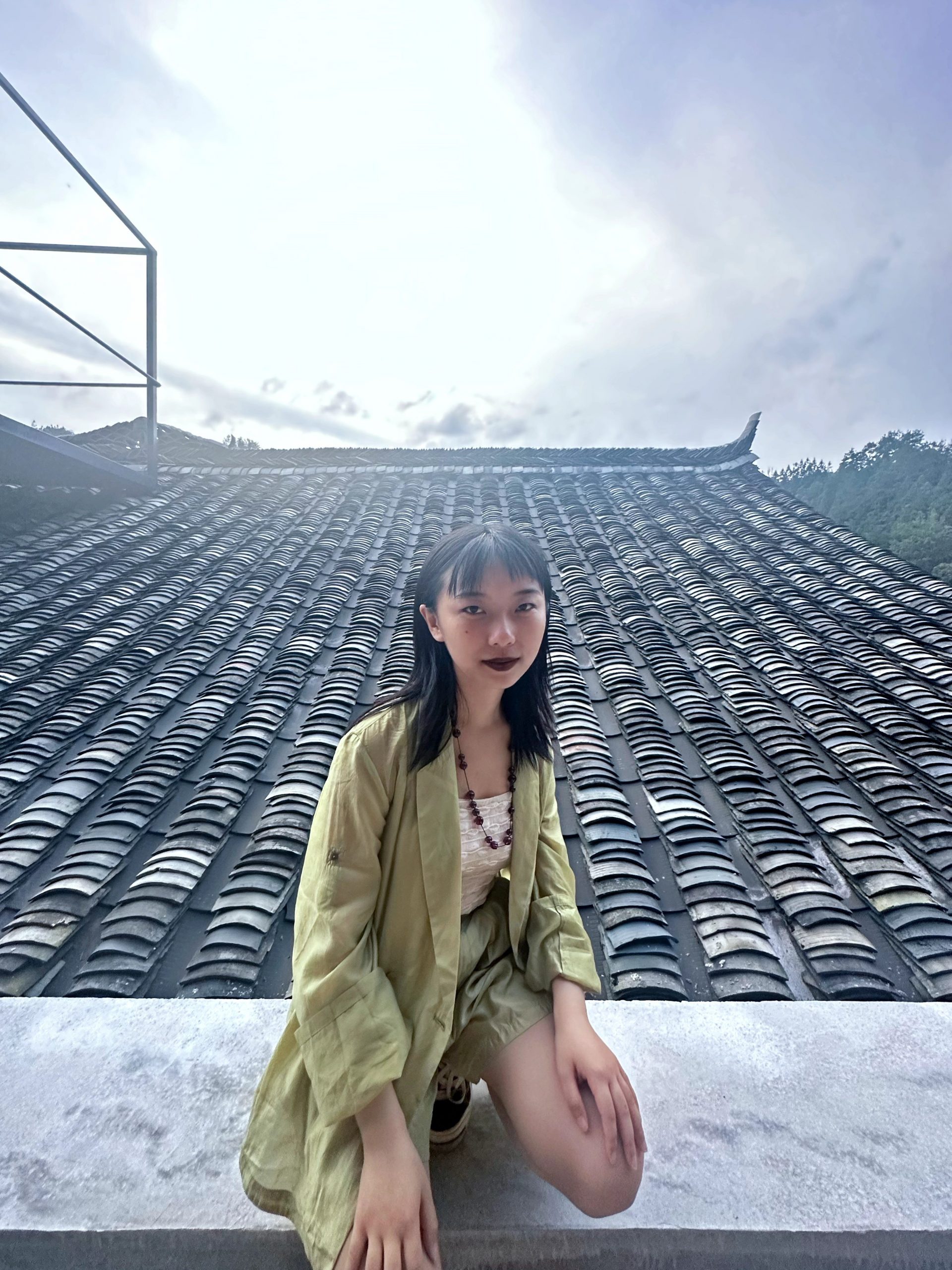

We had the good fortune of connecting with Shuchen Wang and we’ve shared our conversation below.
Hi Shuchen, how do you think about risk?
“Risk-taking” is a distinctly capitalist word. In capitalism, people who own means of production take risks from them in order to achieve capital appreciation. But for individuals, economic is not the only consideration—and sometimes not even a factor after basic living needs are full filled.
I’ve done many “risky” things as I luckily so far do not need to worry about my next meal. For example, when I decided to pursue graphic design, my parents thought I had lost my mind as it never appeared in my life routine before. To them, this means giving up all my financial and time investment in science and restarting my life in my twenties—without any certainty that I had talent in this new field. But to me, it didn’t feel like a risk. Humans are not machines, fixed in function the moment they are made. My knowledge, skills, and experiences don’t disappear; they continue to grow and contribute to my vision and identity.
This perspective is why I remain open to experimenting with new mediums, techniques, and ideas, even when the results are rough or unpolished. I don’t mind investing time in exploration, nor do I believe I need to achieve specific milestones within rigid timeframes. My focus is mostly on how effectively I can translate my ideas, concepts, and voice into my work.
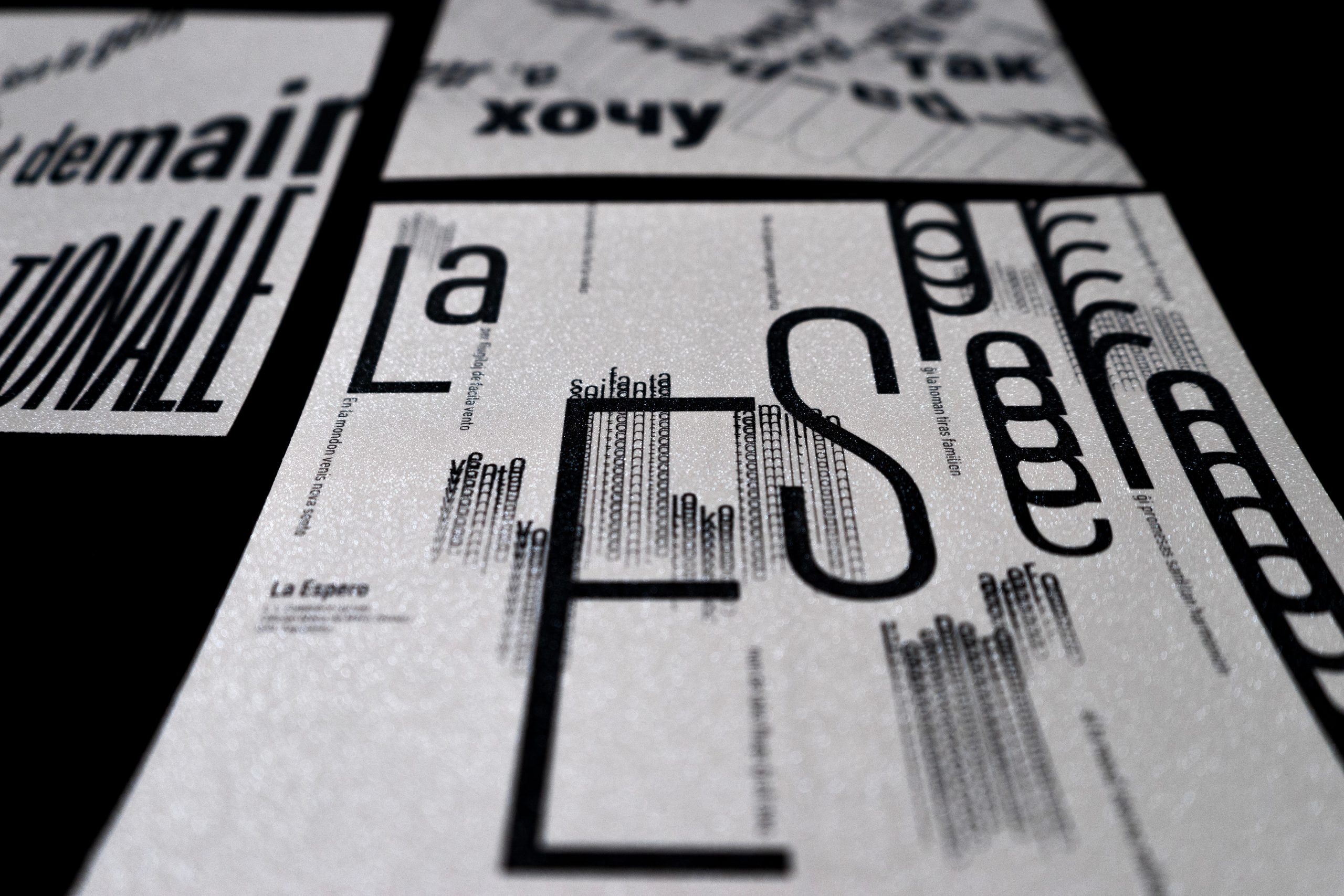
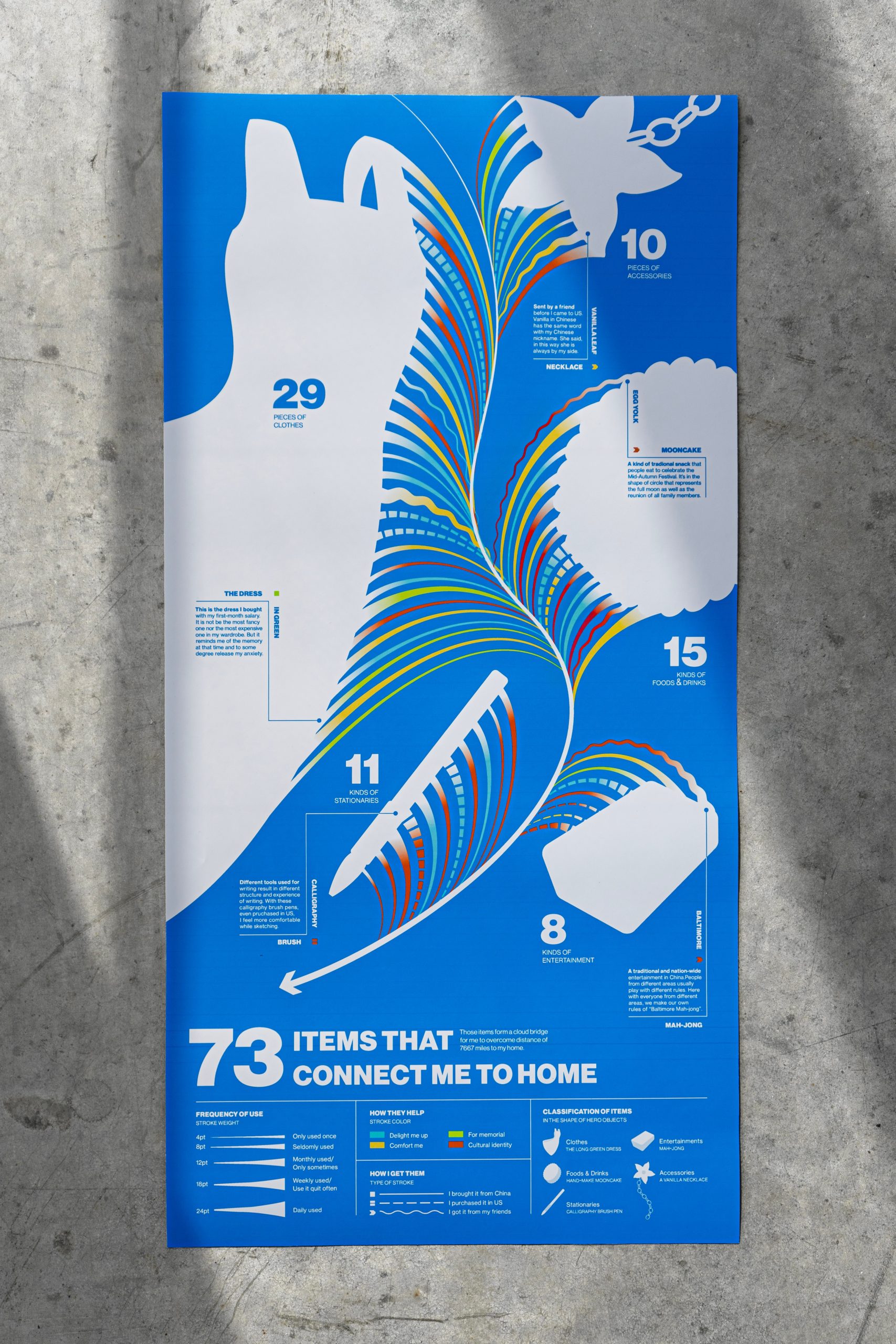
Alright, so let’s move onto what keeps you busy professionally?
I like math. I like how flowers blossom under the Fibonacci sequence. I like how future and past separate with each other on the Markov Chain. I like the approaching to infinite limitation in the Taylor series. I like the moment butterflies flap their wings on the polar coordinate system.
I appreciate philosophy as well. I love the resonance when the death of souls becomes water, when coincidence turns out to be sure, when existence precedes essence, when eternal returns to instant, when all that is solid melt into air.
Both of them are rooted in language. The language of math consists of numbers, letters, and symbols. They form numerous functions and rules to reveal the unnatural nature. The language of philosophy and literature is made from separate words and phrases. They weave together to fill the gap between and lead to continuous expression. If we use exhaustive indexing, we can make an exhaustive list of all secrets of universe, all meaning of life, all brilliant and moving poems. This cloud consists of all possible composition of language should have already included everything that can be described, discovered, or imagined.
However, it is not infinite. If we were to compress all possible human thoughts into a room, they would reduce to points in space. But when we try to select a single thought from this room, the probability that it already exists in the language cloud is zero.
Finite language is pale compared with infinite mind. But the power of language becomes undeniable when it points us toward the infinite. I stand before the Tower of Babel, searching for infinity within the finite. I wanna tap into the voices that are ignored, the egos that are lost, the murmurings between sleep, and the wailing between the cracks.
Lights pass through the pupil to form a graphic projection on the retina, then we see the world. When we are in continuous time, the world we acknowledge is three-dimensional. However in instant, the world we perceive is always a projection left by a beam of light, the obstruction pointing to the tagline of certain point on surfaces, or the presence and vibration of gas molecules. Everything that design is supposed to offer.
Graphic design is not the only solution to my purpose, but absolutely a powerful one. Type, images, and patterns create other forms of language that is continuous. Design captures the temperature, humidity, rhythm, voice, emotion, and sensation—elements that cannot fully emerge through spoken or written language alone. It inspires me to experiment with techniques, craft special visions, and embed subtle clues that point to deeper concepts.
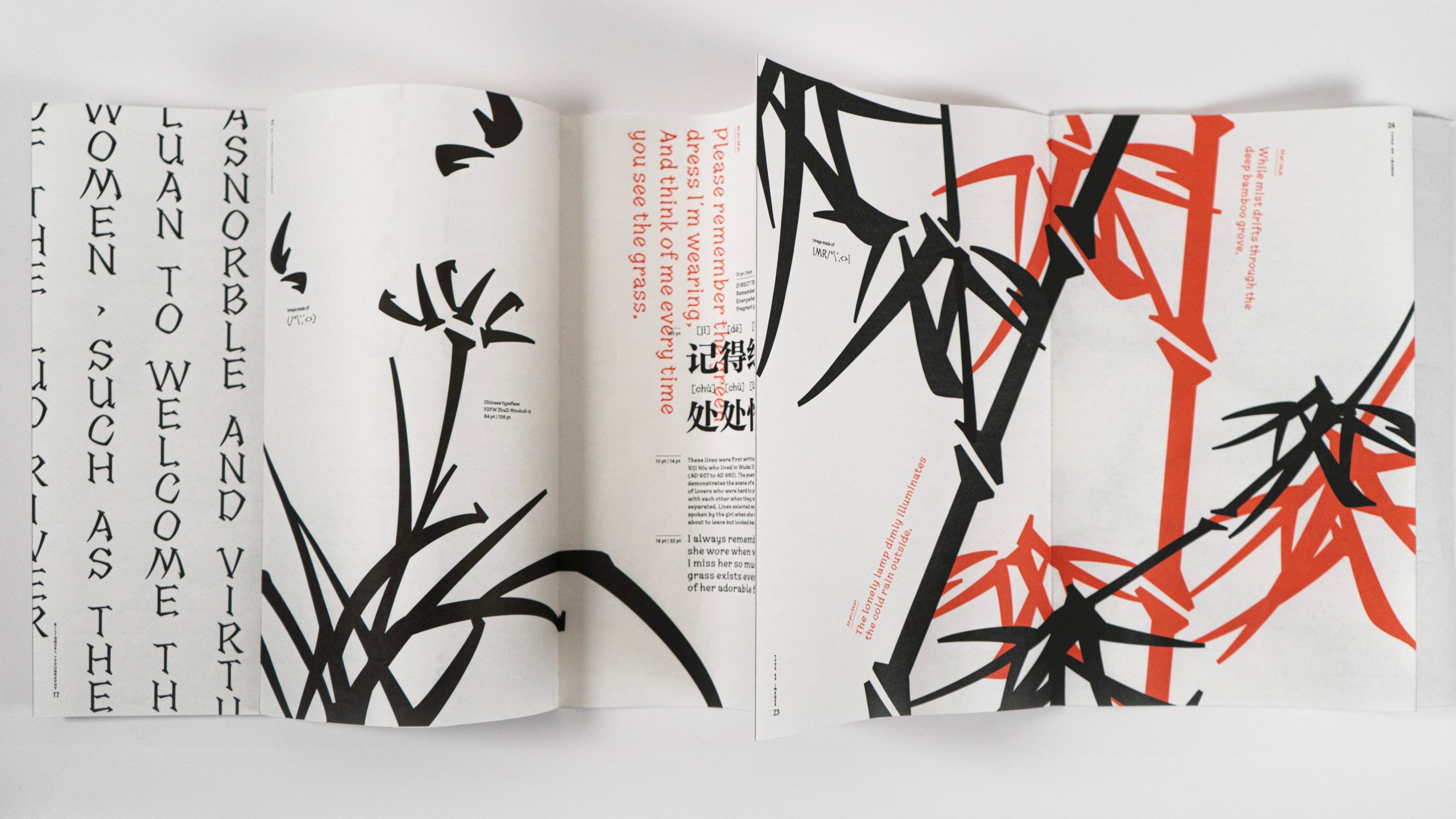
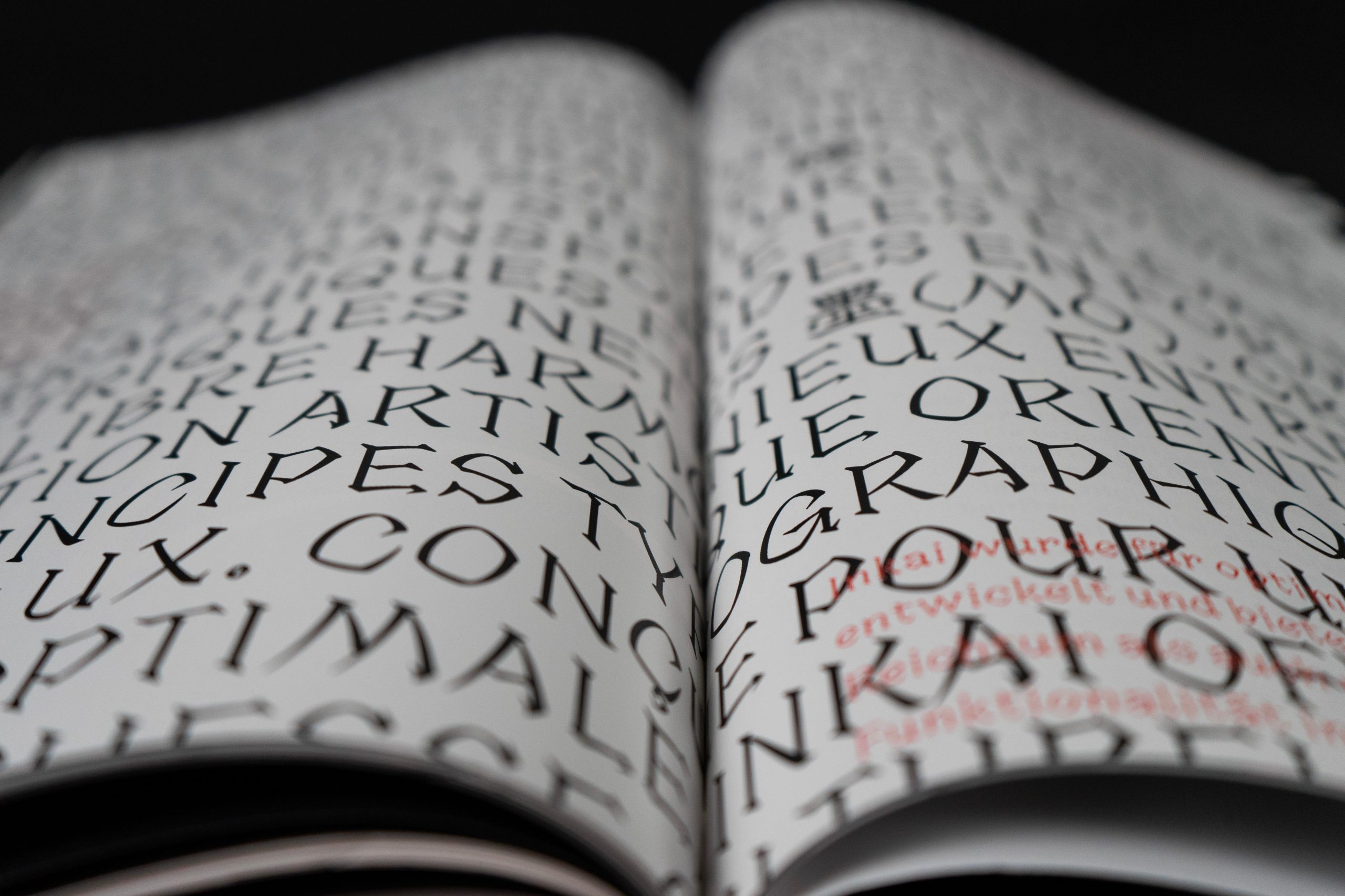
Any places to eat or things to do that you can share with our readers? If they have a friend visiting town, what are some spots they could take them to?
There are three cities I consider as parts of “my area”: Baltimore, Shanghai, and Nanchang. Each of them has a distinct landscape, culture, and lifestyle. But no matter which city my friends visit or how long they plan to stay, my first recommendation is always the same: wander the streets, roads, and hidden paths. There’s no better way to immerse ourselves in the spirit of a place than by exploring it aimlessly.
Wandering has a way of compressing time into space. Decades-old bricks and architecture preserve the aesthetics of the past, while brands and storefronts reveal a fascinating contrast of styles that reflect trends from different eras. Along the way, there’s the vapor rising from restaurant kitchens, smoke drifting from chimneys, the scents of plants in the air, the murmur of people, and landscapes illuminated by light.
The spirit of cities hide in details of daily lives. If someone ask me about the primary “vibes” of each city, I might point to Baltimore’s echoes of its golden age, the petit bourgeois charm of Shanghai, or the revolutionary history embedded in Nanchang. However, these are just a broad “stereotype”. But these are merely broad stereotypes. The true soul of a city cannot be fully articulated—it must be seen, heard, and felt as it naturally unfolds through wandering and observation.
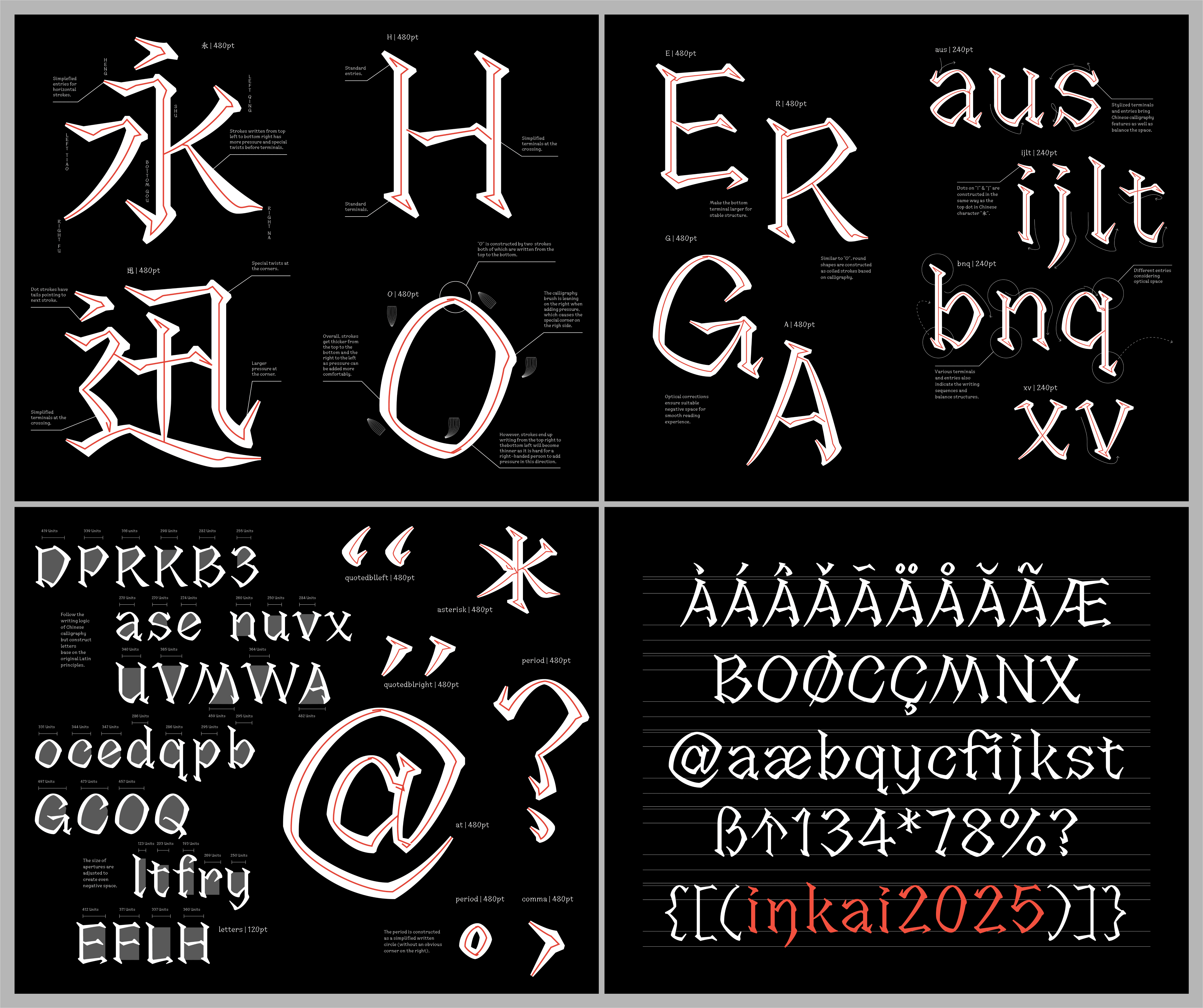
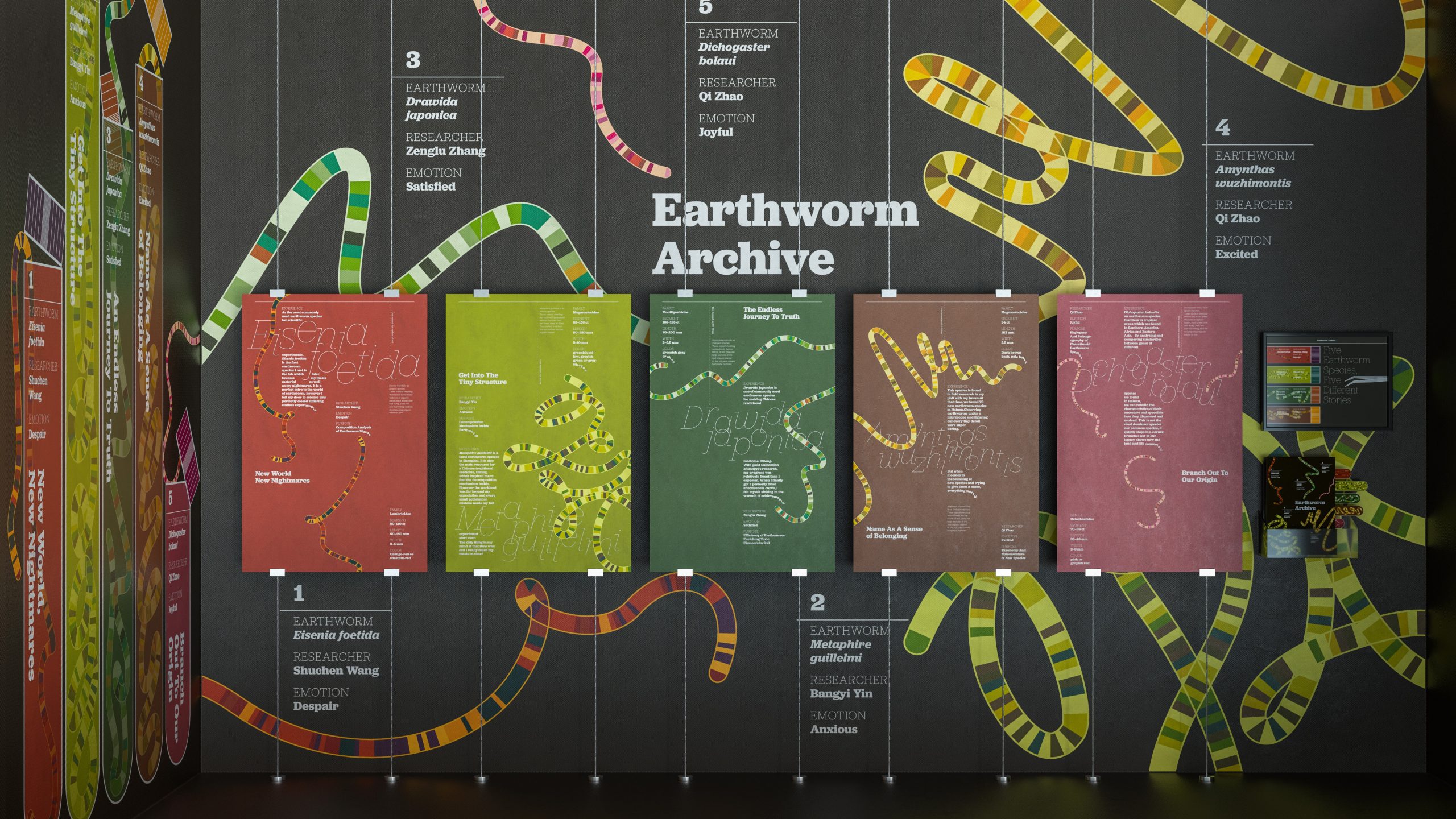
The Shoutout series is all about recognizing that our success and where we are in life is at least somewhat thanks to the efforts, support, mentorship, love and encouragement of others. So is there someone that you want to dedicate your shoutout to?
I am always inspired by the people surrounding me during my journey in graphic design. I was a science student who initially took “design” as a small hobby at the beginning of my undergraduate studies. Design, for me, is another form of math and scientific experimentation, but it also served as a break from classes and lab schedules that recharged my life.
With the thought of having fun, I joined a student organization called Art Center that hosted campus evening shows and participated in their visual design projects. My undergraduate university was primarily known for its science and engineering education; therefore, art and design had long been its weakness. In 1996, a group of people founded the organization with the dream of “bringing an oasis to the desert.” I was deeply moved—and am still influenced—by the enthusiasm, energy, and ideals of the people there.
My experience in the Art Center marked the first time I met designers in real life and recognized design as a professional field. From then on, I took design courses, earned a design minor, and decided to become a graphic designer. The “oasis” has since grown into a “woodland,” and the passion of the people I met there continues to encourage me to try new things and bridge gaps among people from different cultures, fields, and situations.
Website: https://shuchenwang.com
Instagram: ccalciumoxidewang
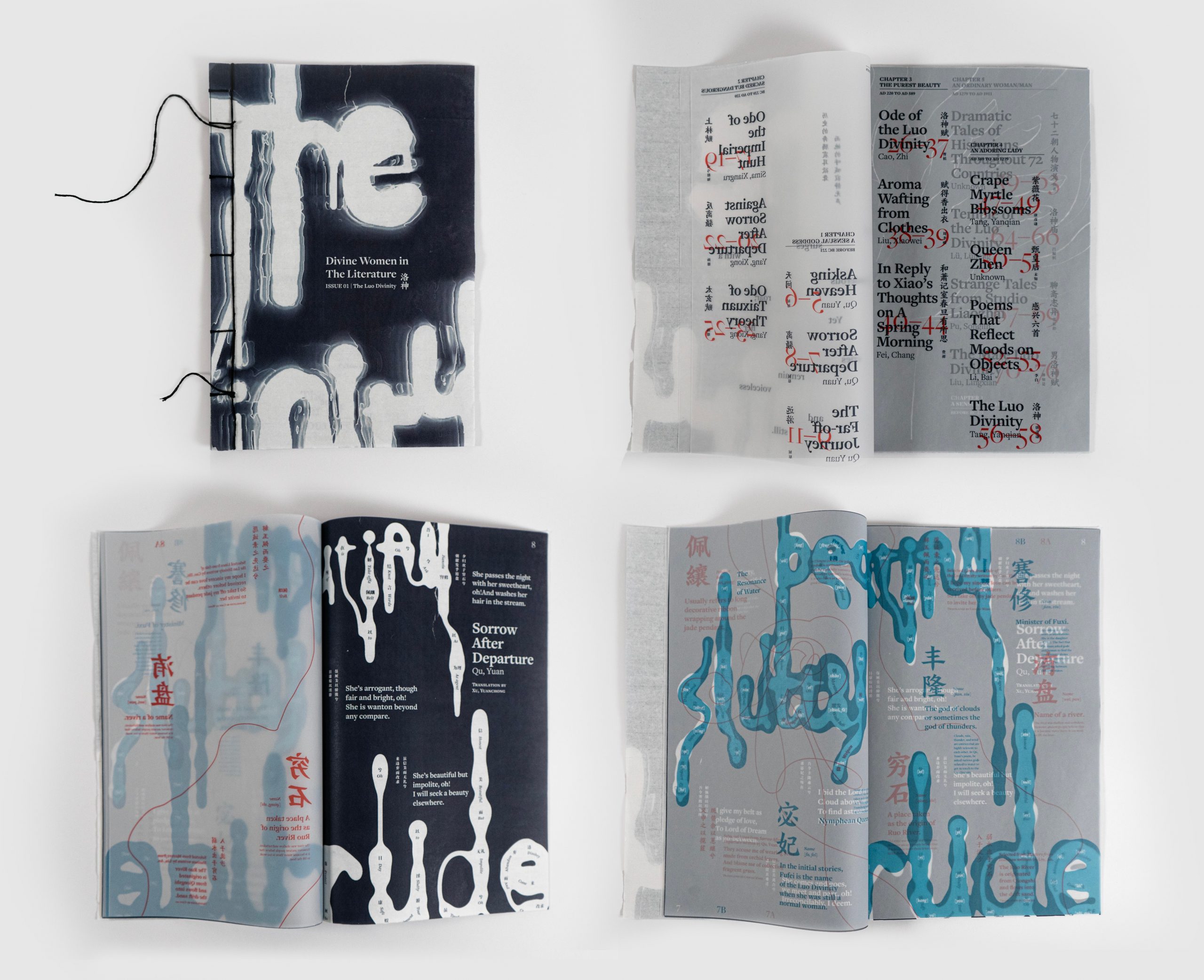
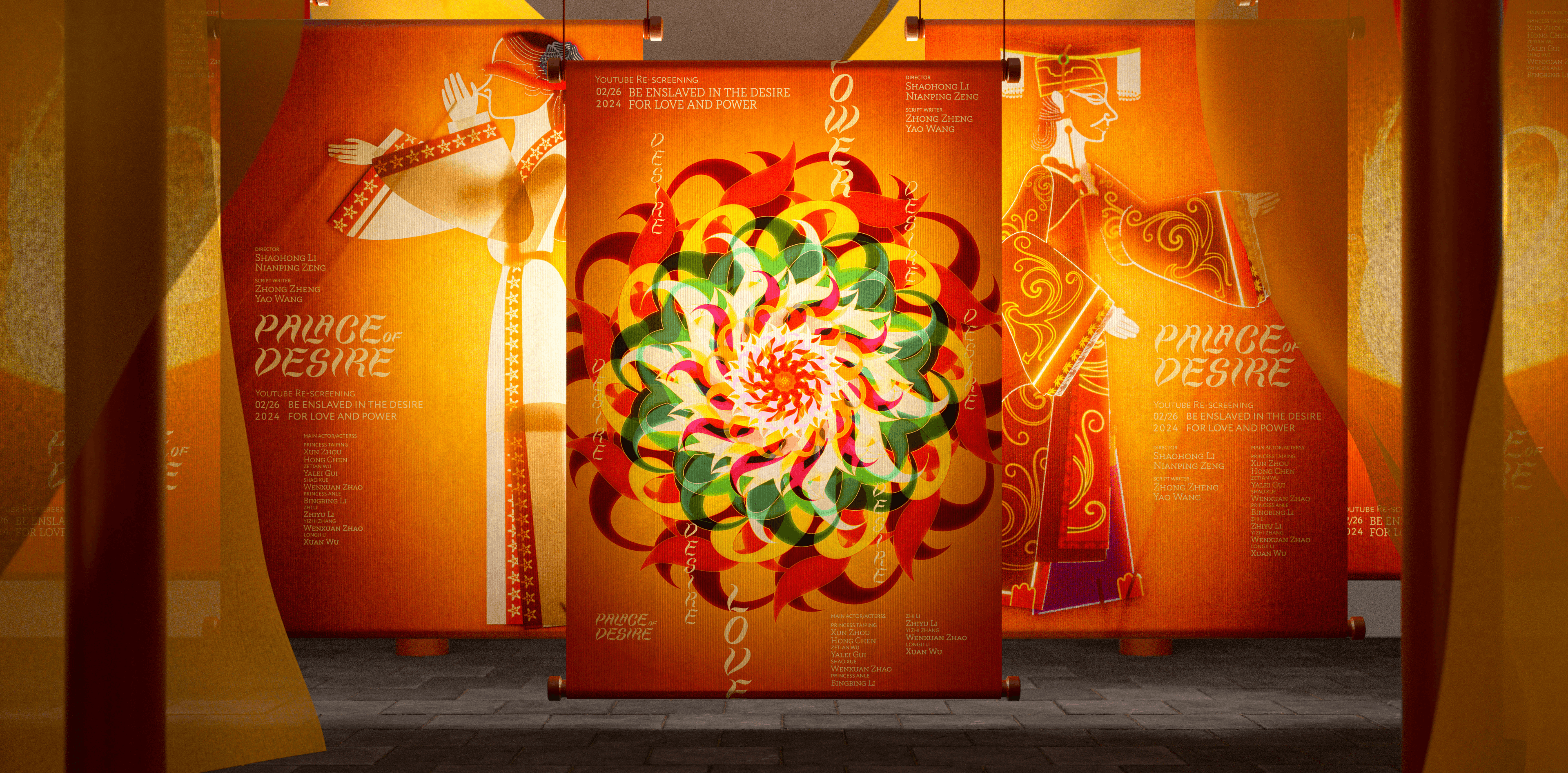
Image Credits
Designer: Shuchen Wang
